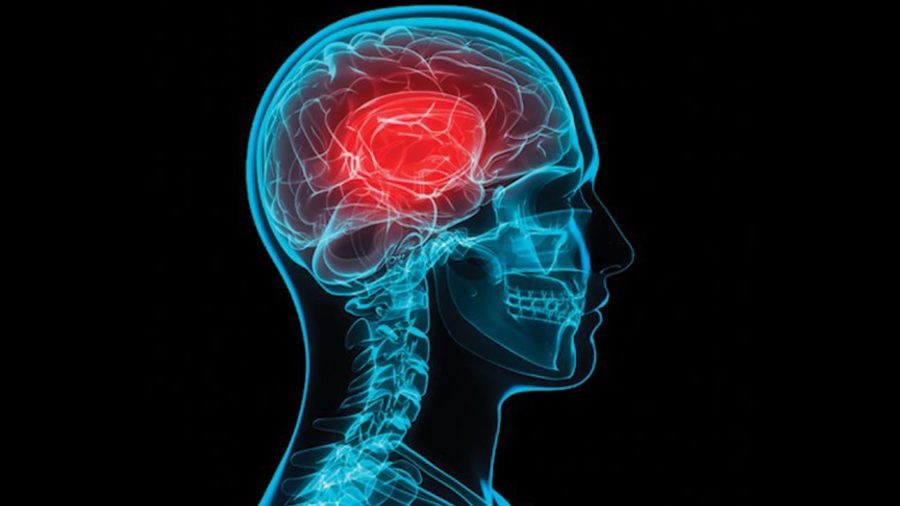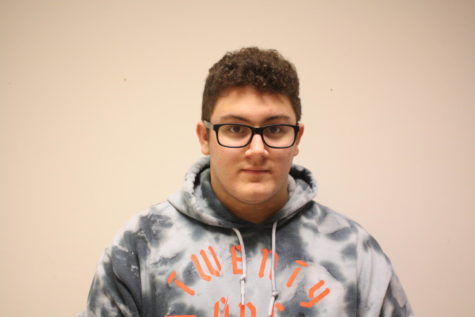Sports injuries can harm academics
November 8, 2017
Concussions are a hot topic in the world of professional sports. However, concussions in high schools represent a problem that is often overlooked.
Concussions in high school have the obvious, immediate effect of interfering with school work for the injured student athlete. They have to miss school to be evaluated and then are limited in what they can do because of the migraines, and their ability to concentrate, remember important material, and learn new material is severely affected. This often results in their grades taking a hit.
However, one aspect of concussions in high school that is often overlooked is the long-term effects that follow student athletes into their adult lives, long after their time playing high school sports.
CTE, or Chronic Traumatic Encephalopathy, is a progressive degenerative disease of the brain that is caused by repeated hits to the head. It is also something that three out of 14 high school players suffer from, according to a 2017 study cited by the New York Times.
At the pro level, 110 out of 111 brains from former NFL players were also found to have CTE, according to a New York Times story.
CTE has many of the same symptoms as a concussion, but is much harder to detect until after the brain can be dissected.
In high school, students are supposed to be learning and developing their minds. This is impossible if they are being held back by concussions that are sustained from the sports they play after school.



